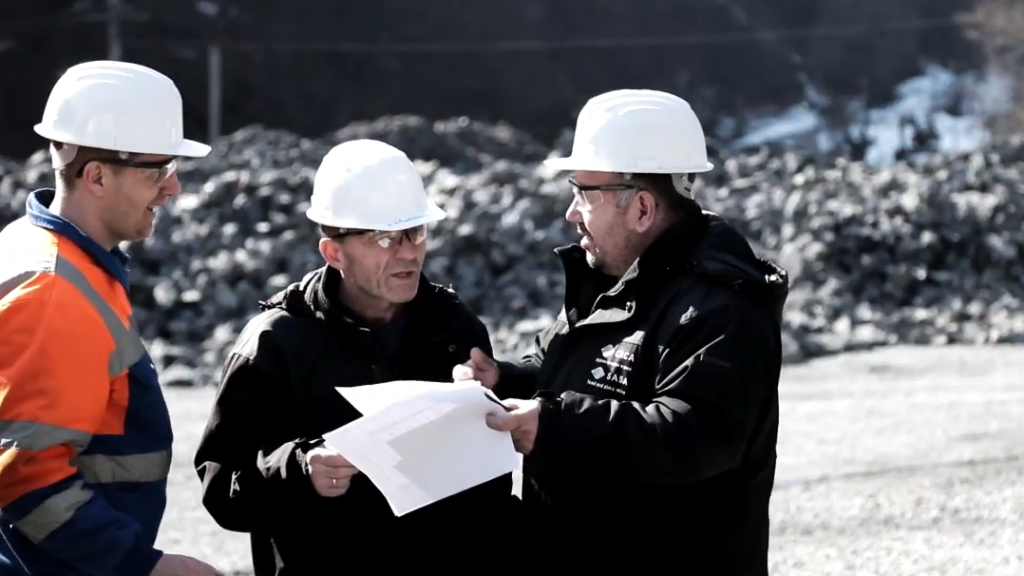
The authorities granted the company permission to dispose of tailings for ten days into another tailings storage facility, TSF3.2 and that permission has now expired and Central Asia Metals has temporarily stopped processing mineralized material. Mining operations continue, however, and the ore is being stockpiled on surface for now.
Central Asia Metals acquired the mine in 2017, and the operation employs 700 people
“A detailed survey of the river has been undertaken to define the lateral extent and depth of the tailings along the water course,” the company stated in a Sept. 28 press release. This survey will be submitted to the relevant authorities along with a technical document and defines the physical methods for clean-up and disposal of the tailings. The clean-up of an initial high-priority section of the Kamenica River commenced last week with the agreement of the authorities.”
The mine, 150 km east of the capital city of Skopje and 10 km north of a town called Makedonska Kamenica, produces about 820,000 tonnes of mineralized material per year and has an estimated mine life of 18 years.
The processing plant operates both lead and zinc flotation processes, producing separate concentrates. The lead concentrate contains 73% lead and the zinc concentrate contains 49% zinc. Silver is also produced and reports to the lead concentrate. The concentrates are stored in two separate bays before being loaded into haulage trucks for sale to smelters in Bulgaria and Poland. Tailings from the processing plant are placed in storage facilities on site.
Central Asia Metals said in its press release that repairs to the tailings dam were complete “and the necessary engineering improvements to ensure the long-term safe storage of tailings have been agreed amongst the company’s technical team and external advisers, including Knight Piesold Ltd.”
“It is expected that these improvements, together with amendments to the operating procedures, should be complete in approximately one week.”
Central Asia Metals acquired the mine in 2017, and the operation employs 700 people.
The Sasa deposit was discovered between 1954 and 1965, and began commercial production as a state-owned facility in 1966, according to the company.
It was closed in 2002 and placed into bankruptcy due to a lack of funding.
Solway Investments Group acquired the mine, invested in new equipment and operations resumed in 2006. In 2015, Solway sold the mine to Fusion Capital and Orion Mine Finance Group.
(This article first appeared in The Northern Miner on September 28)




